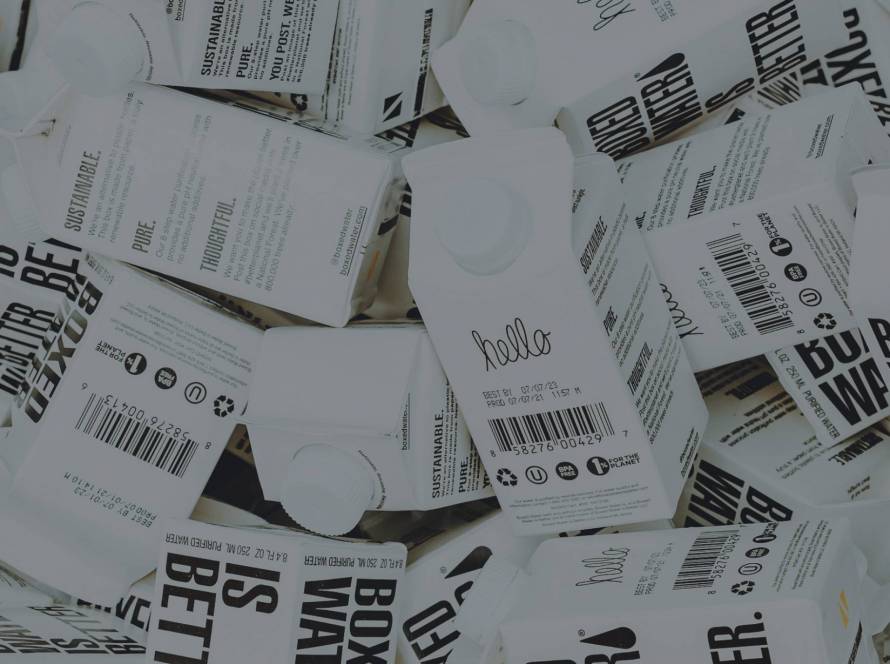Branding is arguably one of the most important facets of any successful business, regardless of its size. An effective brand strategy will provide you with a substantial edge in a very competitive market. Why does proper branding bring big success for these businesses? What exactly does the term “branding” mean? How does it work? And how could it impact a small business like yours? You’ll find the answers to all these questions and more in this easy-to-follow article. So if you’re thinking about starting a small business, if you already have one, or if you’re just searching for some general information on the topic, you’re sure to find everything you’re looking for right here.
Understanding Branding
To best understand what branding is, you need to first realize that your brand is ultimately a promise, made by you, to your customers. It will give them an idea of what kind of experience they can expect from you, your products, and your services. Your brand will also distinguish you from competitors. It’s derived from who you are, who you aspire to become, and how people, namely your customers, will perceive you.
Are you the hotshot risk-taker in your industry, or are you the tried and true experienced one? Maybe you’re always setting the trends that your competitors follow, or maybe you’re known as the reliable one? Is the product that you offer the affordable low-cost option of the high-quality, high-cost option? To anybody who sets out thinking that they can be both, the cold hard truth is that you can’t. I don’t like to say things are impossible, but this is one of those times. Businesses that try to be all things to all people will inevitably fail in the long run. I challenge you to think of a company that has done it, done it well, and continues to still do it. Who you are or who you aspire to become should be based on what kind of customers you want to target, this will also give you insight into what kind of approach is needed to pull off your branding successfully.

The core foundation of your brand boils down to your logo. All things having to do with your business will carry the logo you choose for your company. Your website, phone app, shipping labels, letterheads, packaging, advertisements, and other types of promotional materials–all of which should have your logo plastered on them. This is one of the best ways to communicate your brand to the rest of the world.
Brand Equity and Solid Strategy
Your brand strategy is based around the “who, what, how, when, and where” you plan to communicate and deliver your brand message. Who are you marketing to? What are you selling? How do you obtain it, advertise it, and ship it? The answers to questions like these and how you advertise are huge factors that will help you to identify your brand strategy. Your distribution channels are also a major part of establishing your brand’s strategy. How and what you communicate visually and verbally also contribute to identifying your brand.
Consistent, strategic branding will grow into strong brand equity. What this means for you is the additional value brought to your company’s products or services, will allow you to increase the prices, essentially charging more for your brand vs the identical or unbranded products of your competitors. A good example of this is Pepsico vs. a generic soda company. Since Pepsico has built itself rather powerful brand equity, they’re able to increase its prices and charge more for its products–and customers have no problem paying a higher price for the name brand product.
Another tactic used by big-name brands comes in the form of perceived quality or emotional attachment to their services or products. For example, Under Armor associates its products with top-tier sports athletes, hoping to play on the emotional attachment of customers and convince them if they want to be like their favorite player or hone their own skills to that player’s level, they’ll need to buy and use their product. Look at the famous shoe company, Nike. They rely on far more than just the shoe’s features to sell their product. It’s also about how trendy the ad is, what celebrities are associated with the product, and how popular they become in pop culture or the fashion scene. Of course, these factors go on, but you get the idea.
Defining Your Brand
Defining your brand is very similar to going on a quest dedicated to business self-discovery. Sure, It can be difficult at times, as well as painstakingly time-consuming, and even downright uncomfortable. With that said, answering the questions below will help you to get started, without too much hassle.
- What are the features and/or benefits of your services or products offered?
- What do your customers and potential customers currently think about your company?
- What is your company's mission statement?
- What qualities do you want your customers (potential and current) to associate with your company?

The likelihood that you’ve invested a lot of time and money into your business is very high, meaning you should always take it seriously. By conducting your own research you can easily learn the needs, habits, and desires of your current and prospective customers. Remember, you’ll learn more from the insight of your customers and you can do this with a little bit of research. Never assume that you think you know what they are thinking. The facts are in the statistics and statistics don’t lie.
Since the process of defining your brand and developing a unique brand strategy can be difficult and contain a lot of steps, consider reaching out to an experienced nonprofit small-business advisory group or a Small Business Development Center if you feel like you need more extensive information.
But, let’s assume that you’re following with me so far. Now that we defined your brand, how do we get the word out to the masses?
Get your logo and plaster it everywhere!
I already went over why this is important but since it is so important, I’ll touch on it again. Your logo will end up on everything pertaining to your company. Your business cards, your website, even your company car if you have one. There are plenty of freelancers and companies that will help you come up with the perfect logo to headline your brand.
Integrate your brand.
Branding extends to every facet of your business, from how you answer your phones to the emails you send out to your staff or loyal customers.
Create a tone of voice for your company that reflects what your brand is about.
Consider the tone or the voice of your business. Do you want to be perceived as friendly and conversational or professional and formal? This should be the same across the board, how you act in meetings, how you and your staff answer business-related calls, and even how you send your emails. As the owner, how you act outside your business will also be a factor in how your company appears to the public.
Develop a tagline!
Nike has “Just Do It”, Frosted Flakes have, “They’re Great!”, and Ford uses “Built Ford Tough”. A good tagline will be something that customers remember. You also want something that essentially captures the essence of your brand.

Be consistent!
Not much to say here other than consistency is key. If your company is known for stellar service and high-quality products, it’s detrimental to your business that you do everything in your power to maintain that image.



